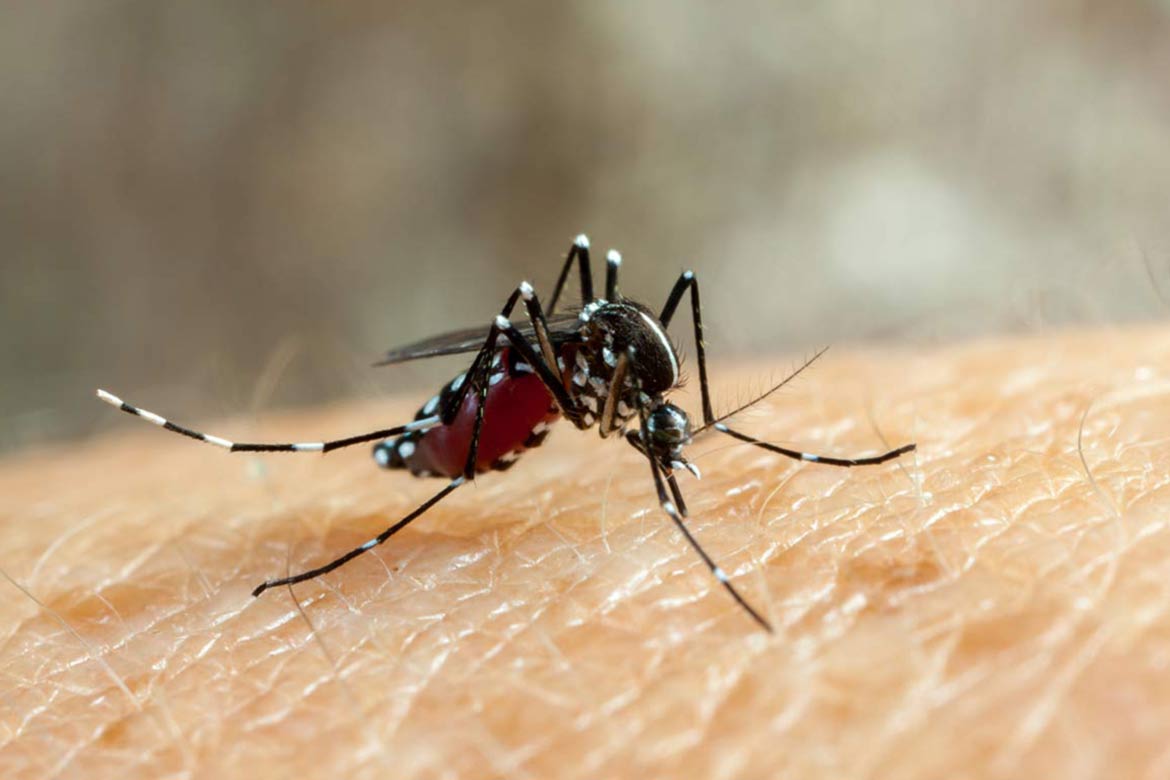Zika virus is a mosquito-borne virus, transmitted primarily through the bite of an infected Aedes mosquito. Zika virus was first recognized in Africa and Southeast Asia during the 1940s, where it caused a mild disease similar to dengue fever. In 2007, an outbreak of Zika occurred on Yap Island in which most affected persons were not known to have traveled outside the island before they became ill. This pattern has been noted throughout other areas that have reported recent transmission of Zika: at least 91% of people with confirmed laboratory evidence of infection acquired infection through travel to a country or region with ongoing Zika transmission.
In May 2015, the Pan American Health Organization (PAHO) issued an alert regarding the first confirmed Zika virus infections in Brazil. Infections were reported in travelers to Brazil, and local transmission of Zika virus was identified in late February/early March 2015. Subsequently, outbreaks were detected in other countries and territories of South and Central America and Caribbean. From December 2015 to 5 April 2016, 128 countries reported laboratory evidence of local Zika virus transmission via mosquitos or sexual contact. In response to this rapidly evolving situation, CDC has issued travel notices for pregnant women and their partners who are thinking about becoming pregnant to avoid travel to any area where risk for exposure is high. These areas include many popular tourist destinations (e.g. Barbados, Ecuador, Jamaica, and French Guiana), as well as areas where the mosquito vectors are found (e.g. South America).
Between December 2015 and March 2016, PAHO reported a total of 2,963 laboratory confirmed cases of Zika virus disease (1,911 in Brazil and 692 in the Americas as of 7 March 2016). As of 14 April 2016, an estimated 80 countries had reported evidence of local transmission via mosquitos or sexual contact. CDC has updated its travel notice for pregnant women and their partners to advise that they avoid all areas with active Zika virus transmission or conditions conducive to its spread (see Figure 1 below).
Figure 1: Summary of travel notices for pregnant women and their partners.
Travel notice for pregnant women and their partners who are considering pregnancy [to include upon request] who are thinking about becoming pregnant to avoid travel to all areas where risk for exposure is high. These areas include many popular tourist destinations (e.g., Barbados, Ecuador, Jamaica, and French Guiana) as well as areas where the mosquito vectors are found (e.g., South America). Pregnant women should also avoid sexual contact with a male partner from an area where Zika transmission is ongoing or has been reported.

Zika virus is primarily transmitted by the bite of an infected Aedes species mosquito. Infection can be spread to a fetus during pregnancy and may cause microcephaly or other neurologic disorders in the newborn, as well as other severe birth defects. Pregnant women with Zika virus infection should be assessed to determine if they have active infection. Women with this clinical syndrome should be offered testing for sexually transmitted infections, including HIV and syphilis, as well as testing for Zika virus infection, regardless of contraception method chosen.
Approximately 80% of people with laboratory evidence of Zika virus infection acquired infection through travel to areas where Zika virus transmission is ongoing or has been reported. CDC and its global partners are working diligently to determine the geographic distribution of Zika virus in the Americas and will update our travel notifications based on this information.
The National Institute for Occupational Safety and Health (NIOSH), an agency within CDC, has 2 Safety and Health Topics related to Zika virus: Zika Virus: An Occupational Disease, and Emerging ZIKV Infection in a Pregnant Construction Worker. NIOSH’s website also has a PDF document titled Workplace ZIKV Exposure Guidance Manual.
Clinical Impact of Zika Virus Disease
The most common symptoms of Zika illness are fever, rash, joint pain, and conjunctivitis (red eyes). Other common symptoms include muscle pain and headache. The incubation period for the virus is not known. Timing of exposure usually determines whether a person will be at risk for infection. Thus, it is possible for a person who may have been infected in one setting to travel or have exposure to the virus in another area later in time when there is no longer active transmission of the virus. Figure 2 shows CDC’s current best estimates of the likelihood that an infected person will develop disease based on their characteristics (circles) or duration of infection (squares). The area in each circle represents the range of possible outcomes. Figure 3 shows CDC’s estimated number of Zika virus infections since December 2015 by month and where the infection was acquired.
Figure 2: Estimated likelihood that an infected person will develop disease based on two factors: their characteristics (circles) or duration of infection (squares).
Figure 3: Estimated number of Zika virus infections since December 2015 by month and where the infection was acquired.
However, Zika may also cause Guillain-Barre syndrome (GBS), a rare disorder that usually occurs in adults that can cause paralysis of the muscles that support movement in legs and arms. The disease has also been associated with severe birth defects.
CDC recommends that all pregnant women should avoid travel to areas where Zika virus transmission is ongoing or has been reported.
